The Timeless Beauty of Oriental Rugs
Discover the exquisite world of Oriental rugs, where intricate craftsmanship meets rich cultural heritage in every woven masterpiece. Renowned for their unique designs, vibrant colors, and symbolic motifs, these items are not merely decorative pieces; they are a reflection of the history and traditions of the regions they hail from. Whether adorning a living room or enhancing a gallery, these items are an essential element that adds warmth and character to any space.
The Evolution of Oriental Rugs: A Journey Through Time
The history of these items dates back thousands of years, with origins tracing to ancient Persia, Turkey, and Central Asia. Initially woven for practical purposes, these items served as insulators, floor coverings, and even sleeping surfaces in nomadic cultures. The earliest examples, often referred to as tribal items, showcased the artistry of local weavers, who utilized natural dyes and materials to create durable yet beautiful pieces.
As trade routes expanded, the influence of different cultures began to permeate the art of rug making. By the Middle Ages, the production of these items had evolved into a highly regarded craft, with workshops established in cities like Tabriz, Isfahan, and Samarkand. During this time, these items became more than functional items; they transformed into status symbols, often adorned with elaborate designs and intricate patterns that told stories of their cultural significance.
The 19th and 20th centuries marked a period of renewed interest in these products, as Western collectors sought out these unique artifacts for their aesthetic value. The proliferation of carpet manufacturers led to a fusion of traditional techniques with modern designs, making these items accessible to a wider audience. Today, these items are celebrated not just for their beauty but also for the cultural narratives they embody.
The Cultural Significance of Oriental Rugs
Oriental rugs hold profound cultural significance, representing a blend of artistry, tradition, and storytelling. Each item is a unique tapestry that reflects the history and values of the community from which it originates. In many cultures, the motifs and patterns used in these items weaving carry specific meanings, often depicting elements of nature, religious beliefs, or local folklore.
In Persian culture, for example, floral designs symbolize the beauty of nature and the paradise described in poetry. These items often feature geometric patterns, representing unity and harmony within the community. Similarly, these items from nomadic groups are adorned with symbols that convey protection, fertility, and other vital aspects of life. These cultural narratives imbue items with a depth that transcends their physical beauty.
Furthermore, Oriental rugs play a significant role in ceremonies and rituals. They are commonly used in traditional weddings, festivals, and other important life events, symbolizing prosperity and good fortune. As such, they are cherished not only as decorative items but also as heirlooms passed down through generations, preserving the legacy of their creators.
The Artistry and Craftsmanship of Oriental Rugs
The artistry behind these items are unparalleled, characterized by meticulous craftsmanship and a deep understanding of design principles. Weavers often spend years mastering their skills, using traditional techniques that have been handed down through generations. The process of creating these items are labor-intensive, typically involving hand-knotting, weaving, and dyeing.
The designs of Oriental rugs are often intricate, featuring a combination of geometric shapes, floral patterns, and medallions that can vary greatly between regions. This diversity in design is a testament to the weavers' creativity and the cultural influences of their respective areas. Each item tells a story through its patterns, colors, and motifs, making it a unique piece of art.
Color also plays a vital role in the appeal of these items. The use of natural dyes derived from plants, minerals, and insects allows for a vibrant palette that can evoke various emotions and atmospheres. The interplay of colors in a well-crafted product can enhance a room's aesthetic and create a welcoming environment.
Modern Trends in Oriental Rug Design
While traditional Oriental rugs continue to be highly sought after, modern trends in design are influencing the evolution of this art form. Contemporary designers are experimenting with innovative patterns, bold colors, and abstract interpretations, creating these items that resonate with modern aesthetics while honoring traditional craftsmanship.
Additionally, the demand for eco-friendly practices has led to a resurgence in the use of sustainable materials and dyes in production. This shift reflects a growing awareness of environmental concerns and the desire to create beautiful pieces that are also kind to the planet.
Customization has also become a key trend, with many consumers seeking personalized designs that fit their specific tastes and interior decor. This trend allows for greater expression and individuality, ensuring that each item is not only a functional item but also a statement piece that enhances personal style.
The Future of Oriental Rugs
The future of Oriental rugs looks promising, with ongoing innovations and a renewed appreciation for traditional craftsmanship. As interest in unique and handmade items continues to grow, these items will remain a staple in both homes and galleries worldwide, celebrated for their beauty, history, and cultural significance.
The fusion of traditional techniques with modern design will ensure that these items evolve while retaining their rich heritage. This adaptability will allow them to remain relevant in contemporary interiors, appealing to both seasoned collectors and new enthusiasts.
As the global market for Oriental rugs expands, education about their history and craftsmanship will play a crucial role in preserving this art form. Increased awareness and appreciation will contribute to the longevity of these products, ensuring that future generations can enjoy their beauty and cultural narratives.
Choosing the Right Oriental Rug for Your Space
Selecting the perfect product involves considering factors such as size, design, and the overall ambiance you wish to create in your space. For larger rooms, opt for these items that can anchor the area and enhance its character. Smaller products can serve as accent pieces, adding a touch of elegance and warmth to cozy corners.
The design of the rug should complement your existing decor while reflecting your personal style. Whether you prefer traditional patterns or modern interpretations, these products can elevate the aesthetics of your space, making it more inviting and vibrant.
Understanding the significance of the motifs and colors can also enhance your appreciation for your item, transforming it into a meaningful addition to your home. By selecting a product that resonates with you, you embrace not only its beauty but also its cultural story, making it a cherished part of your living environment.
Conclusion: The Enduring Allure of Oriental Rugs
Oriental rugs embody a harmonious blend of artistry, history, and culture, offering a timeless appeal that transcends generations. Their evolution from practical items to cherished works of art highlights their enduring significance in the lives and homes.
By understanding the rich narratives woven into each item, you can appreciate them as more than just decorative elements—they are reflections of cultural heritage and craftsmanship. Explore the world of these items, and discover the perfect piece that speaks to your style and enriches your space with beauty and history.
Whether for personal use or as a thoughtful gift, these items serve as a timeless treasure, inviting you to celebrate the artistry and stories that have shaped this remarkable craft. Embrace the allure of these items and let them transform your living space into a sanctuary of elegance and cultural richness.
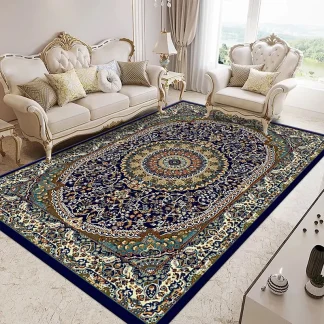
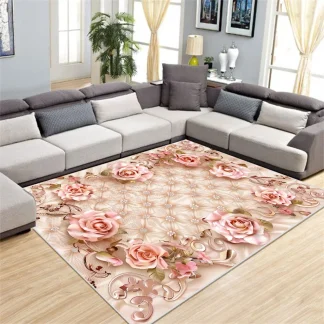
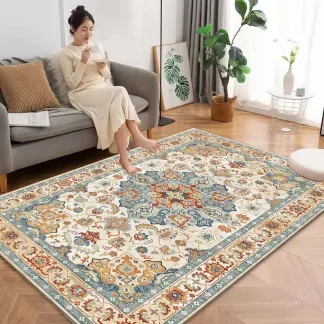 + 2
+ 2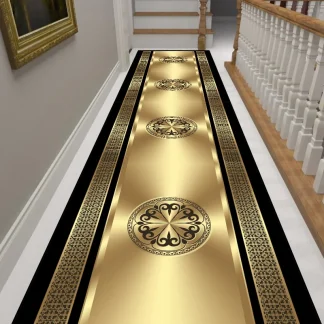 + 5
+ 5 + 4
+ 4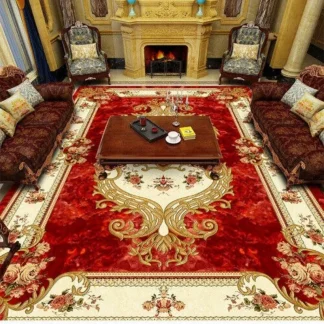 + 13
+ 13
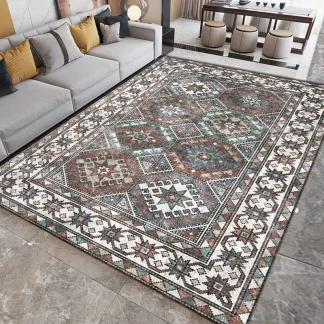 + 3
+ 3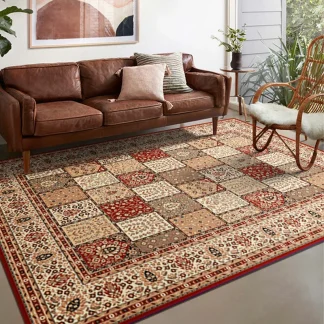
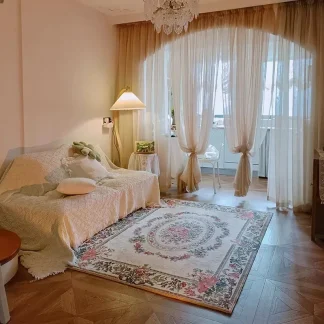
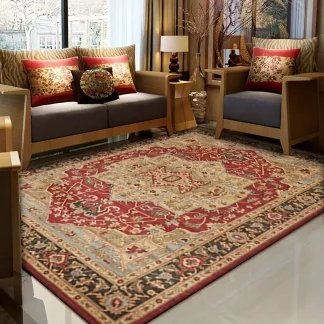

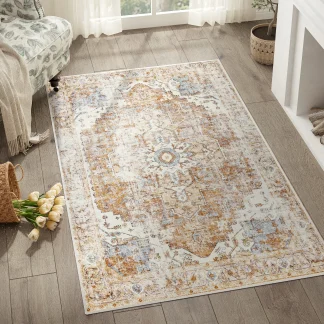
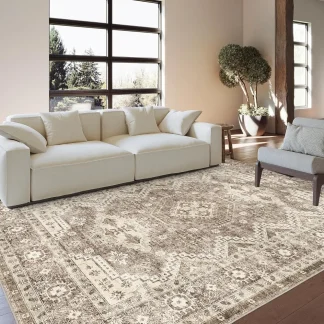
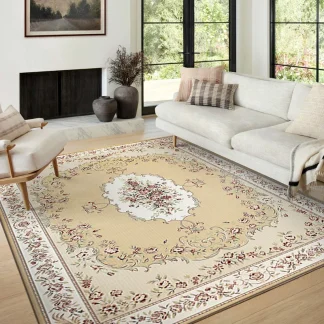
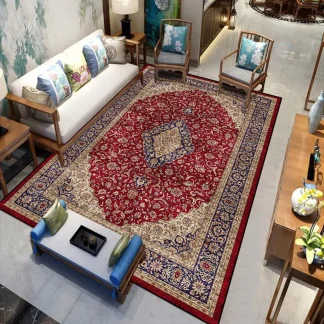 + 7
+ 7